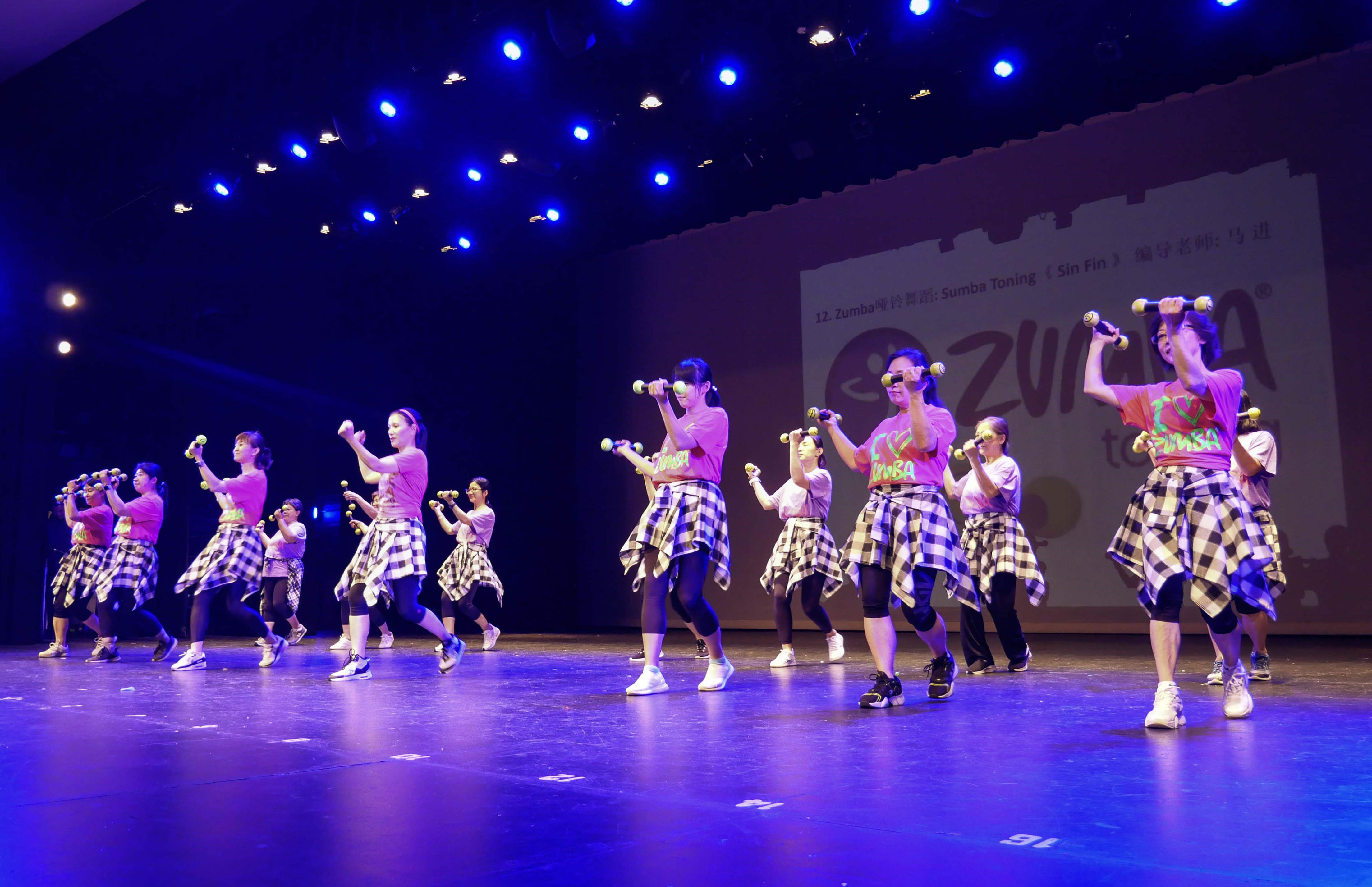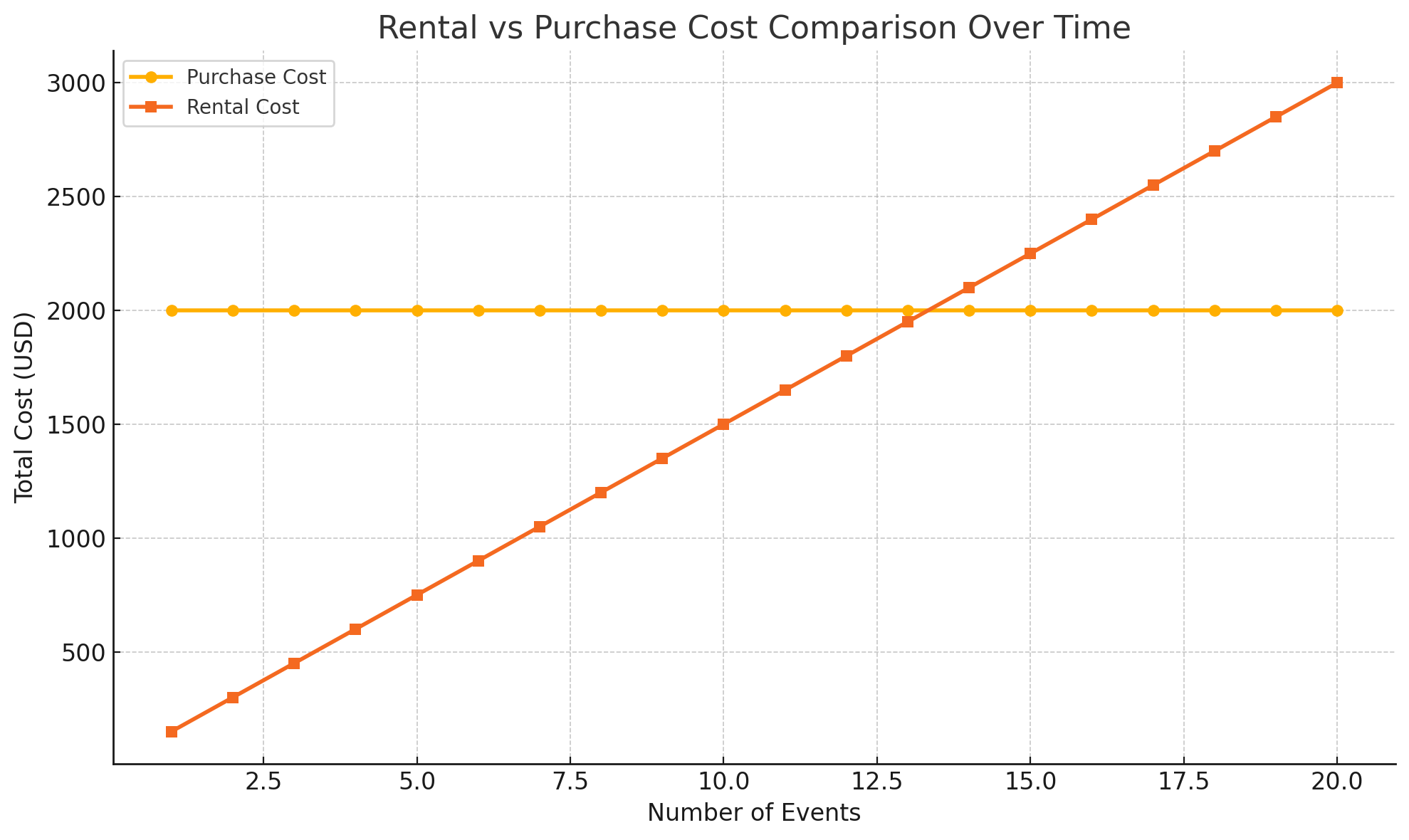In stage and architectural lighting design, return on investment (ROI) is a key consideration—especially when weighing temporary event setups against long-term permanent installations. The same fixture may provide drastically different value depending on how, where, and for how long it is used. This article offers a practical guide to evaluating lighting fixture ROI in both contexts, helping venue owners, rental companies, and designers make smarter procurement decisions.
I. Understanding ROI in Lighting Installations
What Is Fixture ROI?
Fixture ROI refers to the balance between the total cost of ownership (TCO)—including purchase, operation, maintenance—and the value generated, whether that’s in ticket revenue, brand impact, rental recovery, or operational longevity.
Why Context Matters
Temporary Installations: Common in touring concerts, pop-up retail, weddings, festivals. ROI depends on impact over a short time window.
Permanent Installations: Common in theaters, theme parks, museums, or hotels. ROI hinges on long-term durability, energy efficiency, and maintenance costs.

II. Key Cost Factors Affecting ROI
1. Initial Acquisition Cost
High-end fixtures typically offer better build quality and feature sets, but the price tag must be justified by either frequent reuse (temporary) or extended lifecycle (permanent).
2. Setup and Labor Requirements
Temporary events often involve frequent rigging, derigging, and transport, increasing labor and wear. Fixtures that are compact, lightweight, and fast to mount offer better ROI here.
Permanent setups can justify higher installation complexity if they reduce long-term maintenance.
3. Operating and Maintenance Costs
Consider:
Power consumption: More impactful in permanent setups due to ongoing utility bills.
Cooling and ventilation: Especially important for enclosed architectural installations.
Serviceability: Easy-access design and modular repair reduce downtime costs.
III. ROI Metrics for Temporary Installations
Example: Festival or Touring Use
Key metrics include:
Impact-per-use: How much audience attention, social media value, or branding does one use deliver?
Cost-per-event: Divide the total cost of the fixture by the expected number of events it will survive.
Setup-time reduction: Time saved per show equals labor cost savings.
Pro Tip
Renting premium fixtures for a short-run event often yields higher ROI than purchasing entry-level models, especially if setup time and transport are minimized.

IV. ROI Metrics for Permanent Installations
Example: Theme Park or Architectural Lighting
Focus shifts to:
Lifespan and IP rating: Long-lasting, weather-resistant fixtures reduce the need for replacements.
Energy efficiency: Lower long-term power consumption translates to tangible savings.
Integration features: Compatibility with automation, sensors, or networked controls can add strategic value.
Pro Tip
Fixtures with wider zoom ranges, color calibration memory, and low maintenance optics often justify their higher price over a 5–10 year span.
V. Decision Matrix: When to Spend More or Save More?
| Condition | Spend More | Save More |
|---|---|---|
| Short-term event with high profile | Lightweight, high-impact fixtures (rental or own) | Avoid over-buying niche effects |
| Long-term install, heavy exposure | IP-rated, efficient, serviceable fixtures | Skip overbuilt theatrical effects |
| Tight budget but frequent use | Modular, easy-to-repair lights | Avoid disposable low-end units |
| Rare or low-budget uses | Rent when needed | Defer purchase until use frequency grows |
VI. Smart Procurement Strategies
Bundle Based on Use Cases
Instead of buying one fixture for all scenarios, divide procurement into:
Core Utility Units: Versatile, frequently used (e.g., zoom wash, spot movers)
Specialty Units: High-impact, used selectively (e.g., strobes, pixel bars)
Consider Resale Value
Fixtures that retain popularity (via tech standardization or brand recognition) maintain higher resale value, offsetting depreciation in short-term ROI scenarios.
Test Before Bulk Purchase
For both installation types, piloting 1–2 fixtures for real use before committing to bulk buys reveals maintenance needs, user-friendliness, and programming versatility.
VII. Conclusion: ROI Is More Than Price
Ultimately, fixture ROI cannot be calculated on price alone. It’s a dynamic equation involving usage frequency, operational context, maintenance cycles, and creative outcomes. For temporary uses, flexibility and transportability dominate. For permanent installs, reliability and efficiency pay dividends over time.
READ MORE:





Blue Sea Lighting is an enterprise with rich experience in the integration of industry and trade in stage lighting and stage special effects related equipment. Its products include moving head lights, par lights, wall washer lights, logo gobo projector lights, power distributor, stage effects such as electronic fireworks machines, snow machines, smoke bubble machines, and related accessories such as light clamps.
Quick Links
For more questions subscribe to our email








